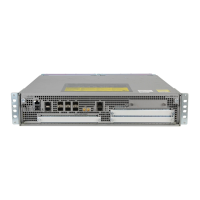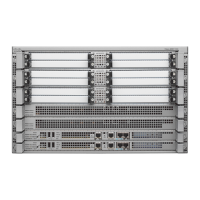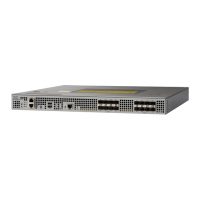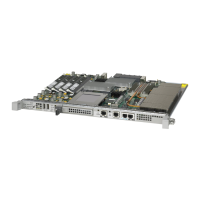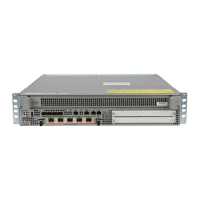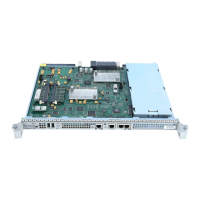CHAPTER
1-1
Cisco ASR 1000 Series Aggregation Services Routers SIP and SPA Software Configuration Guide
OL-14127-08
1
Using Cisco IOS XE Software
This chapter provides information to prepare you to configure a SPA interface processor (SIP) or shared
port adapter (SPA) using the Cisco IOS XE software. It includes the following sections:
• Accessing the CLI Using a Router Console, page 1-1
• Using Keyboard Shortcuts, page 1-5
• Using the History Buffer to Recall Commands, page 1-5
• Understanding Command Modes, page 1-6
• Getting Help, page 1-7
• Using the no and default Forms of Commands, page 1-10
• Saving Configuration Changes, page 1-10
• Filtering Output from the show and more Commands, page 1-10
• Finding Support Information for Platforms and Cisco Software Images, page 1-11
Accessing the CLI Using a Router Console
The following sections describe how to access the command-line interface (CLI) using a
directly-connected console or by using Telnet to obtain a remote console:
• Accessing the CLI Using a Directly-Connected Console, page 1-1
• Accessing the CLI from a Remote Console Using Telnet, page 1-3
For more detailed information about configuring and accessing a router through various services, refer
to the
Cisco IOS Terminal Services Configuration Guide and Cisco IOS Terminal Services Command
Reference publications.
Accessing the CLI Using a Directly-Connected Console
This section describes how to connect to the console port on the router and use the console interface to
access the CLI.
The console port on a Cisco ASR 1000 Series Router is an EIA/TIA-232 asynchronous, serial connection
with no flow control and an RJ-45 connector. The console port is located on the front panel of each Route
Processor, as shown in
Figure 1-1.
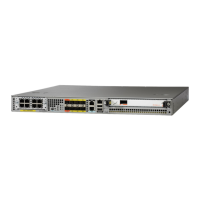
